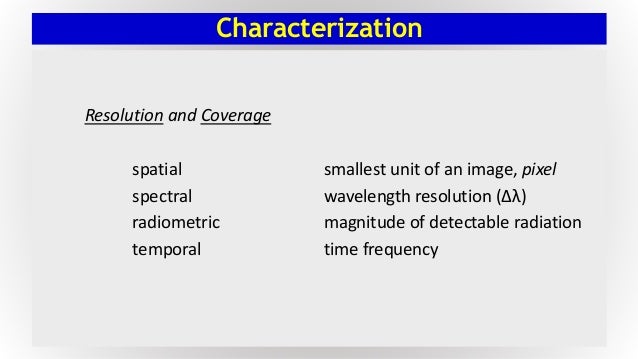Radiometry And The Detection Of Optical Radiation Pdf Viewer
RADIOMETRY AND THE DETECTION OF OPTICAL RADIATION Ebook title: Radiometry And The Detection Of Optical Radiation exclusively available in PDF, DOC.
Abstract This book presents a unified treatment of radiometry and detection, at a graduate level. It discusses some of the basic aspects of radiation transfer through optical systems, and infrared radiation detection by optical methods. Materials which are covered in the book include the elements of a course in radiochemistry and detection which has been taught at the Institute of Optics of the University of Rochester for many years. Topics are: Electromagnetic radiation, Theory o blackbody radiation, Radiation detectors, Photoemissive detectors, Photoconducive detectors, Photovoltaic detectors, Fluctuations of the radiation field.
Topics are: Electromagnetic radiation, Theory of blackbody radiation, Radiation detectors, Photoemissive detectors, Photoconducive detectors, Photovoltaic detectors, Fluctuations of the radiation field. The nonlinear optical interactions in an optical fiber permit the amplitude of one wave to be inferred from the phase of a coupled wave, and the partial suppression of quantum noise. This process was termed Quantum Nondemolition Detection (QND) or Back Action Evading Measurement.
Photoconductivity

The QND readout was correlated with a subsequent quantum demotion detection (QDD) measurement of the QND variable. Back action evasion was demonstrated by showing that the QND variable at the output of the detector has no greater noise than at the input (which was at the vacuum noise level). When the correlated noise on two coupled laser beams is made to subtract coherently, the net noise level can be below the vacuum noise level.
This effect was termed four-mode squeezing since the fluctuations involve two sidebands of each of two strong pump waves. This presentation is represented by viewgraphs only. This paper discusses the basic operating principles of the Surface Second Harmonic Generation (SSHG) technique and its application to the remote in-situ detection of low levels of surface corrosion. SSHG is a nonlinear-optical technique which is surface sensitive. As an optical technique, SSHG is nonintrusive, noninvasive and nondestructive. In comparison, the vast majority of surface sensitive techniques which could detect corrosion onset require an ultra-high vacuum environment. SSHG technique has spectroscopic capability.

Formation of an iron oxide or other species due to corrosion will lead to a change in the spectral signature produced at the surface. This provides a means to monitor the onset of corrosion. Since the SSHG technique is surface specific, it can examine any optically accessible interface. For example, in examining the corrosion-induced chemical changes at a water-metal interface, the chemical changes at the interface between the two could be probed with this technique as the corrosion occurs while in contact with the water, since the water is transparent.
Chemistry
In this way, the technique can be used in an in-situ fashion.